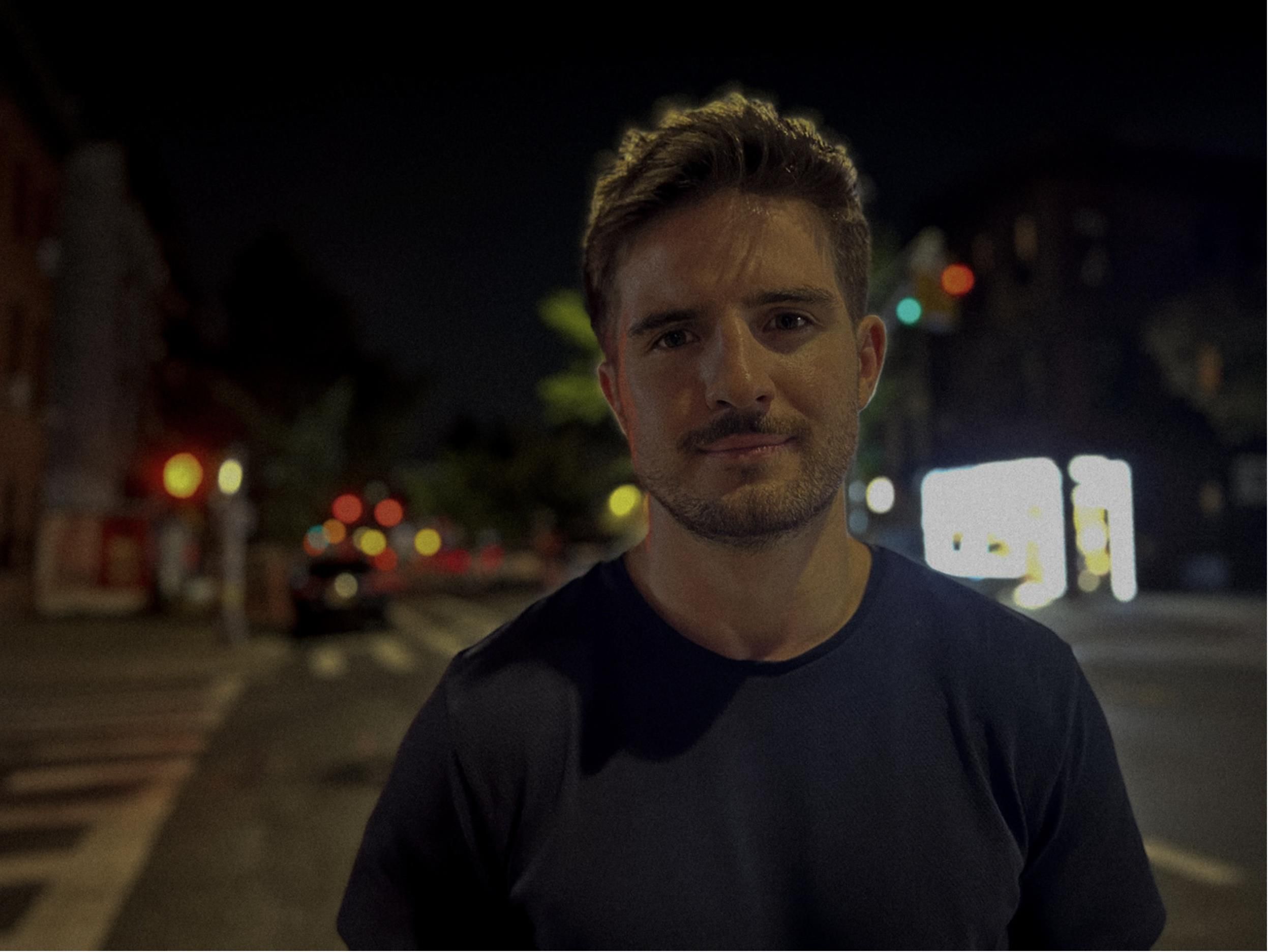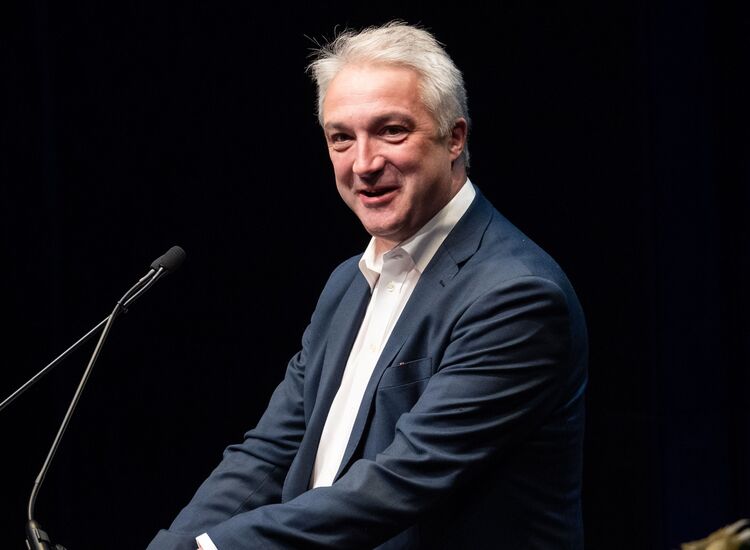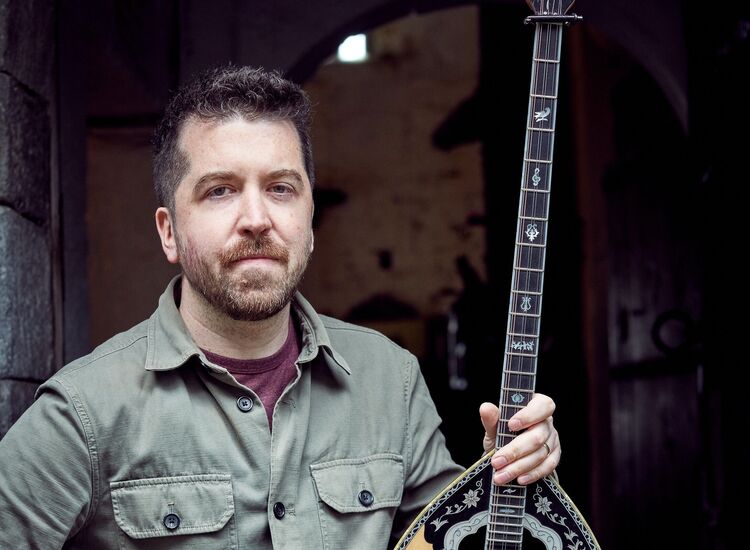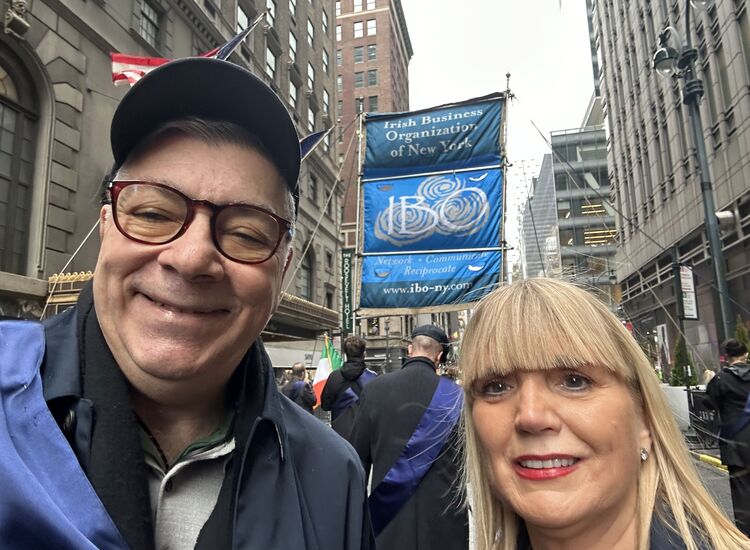A year and a half ago, I made the decision to leave my previous career in medicine and move from Belfast to New York City to pursue a career in film. Something that I had always contemplated, the catalyst was getting accepted into the graduate program at Tisch New York University, one of the world’s premier film schools. I had saved up a not insubstantial amount from four years’ hospital work and the reasons not to go (although still plentiful) felt like they would never be less. So, in August 2021, I finished my last shift in a busy emergency department and two days later was on a flight to the U.S.
The time since then has been a blur; a new city, new friends and a new, much smaller, more expensive apartment. I’ve learned an enormous amount in a relatively short space of time. I have made three short films and am soon to start production on a fourth. However, in the same 18-month period since arriving here, I have also lost three family members from afar. My granny, Marie Canavan, an auntie, Muireann Maloney, and the family dog have all passed away, in that order.
I was in the middle of getting my haircut in a Russian barbershop in the East Village the day my parents rang to break the news about Herbert, our dog. My first visit to this barbershop, I had been slightly unnerved by the many framed pictures of David Beckham adorning the walls, which formed an encyclopedia of his various haircuts over the years. Each time I described the haircut I was looking for, I was instead directed assuredly to a different Beckham for comparison. This went on for some time. When my father rang and delivered the news, the pain felt in losing a longtime friend and beloved pet was made even more acute by the fact that I learned the information whilst receiving an involuntary mohawk, à la Beckham circa 2002.
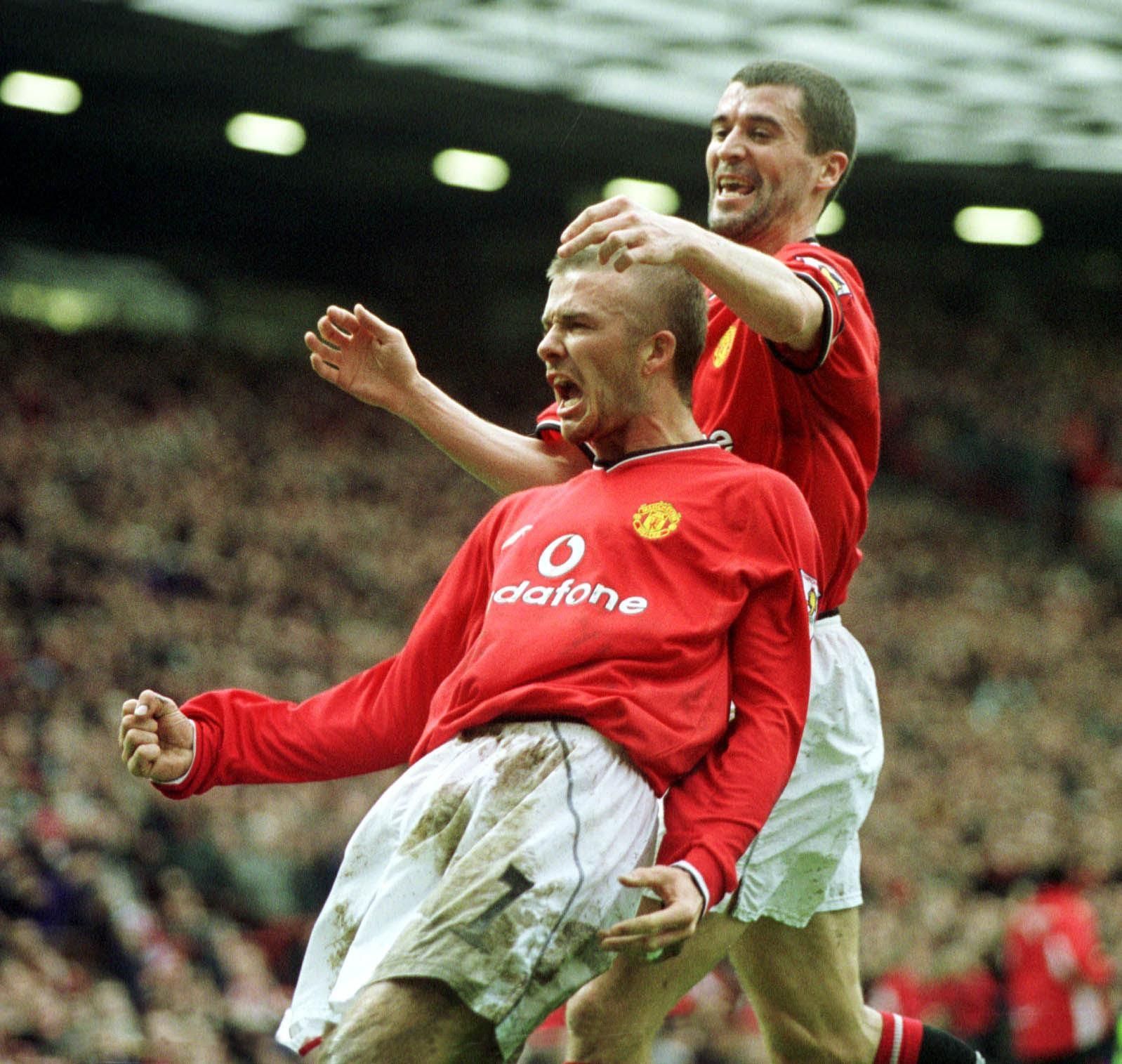
Roy Keane admiring David Beckham's latest haircut.
Losing family from afar was something I had not experienced previously and it struck me how in the absence of any community to mirror how I felt, with no funerals or memorials to attend, the whole process went strangely unmarked and there was a sense of detachment from it all. Being from Ireland and raised with family from either side of the border, the intricacies and importance placed around the death rites has been something I have experienced at various points throughout my life. Whether it was my initial horror, at age 12, at witnessing an open casket at my other granny’s funeral or at age 15, having a succession of drinks for the first time and unsteadily navigating a great uncle’s wake, where the mood shifted freely between mirth and anguish. Working as a doctor, I frequently saw the differences in how families dealt with illness and death, and how tragedy can oftentimes go hand in hand with a grim humor and cynicism. There is an openness to acknowledge death in Irish culture and mark it appropriately -- one such way this was historically achieved was through the practice of keening.
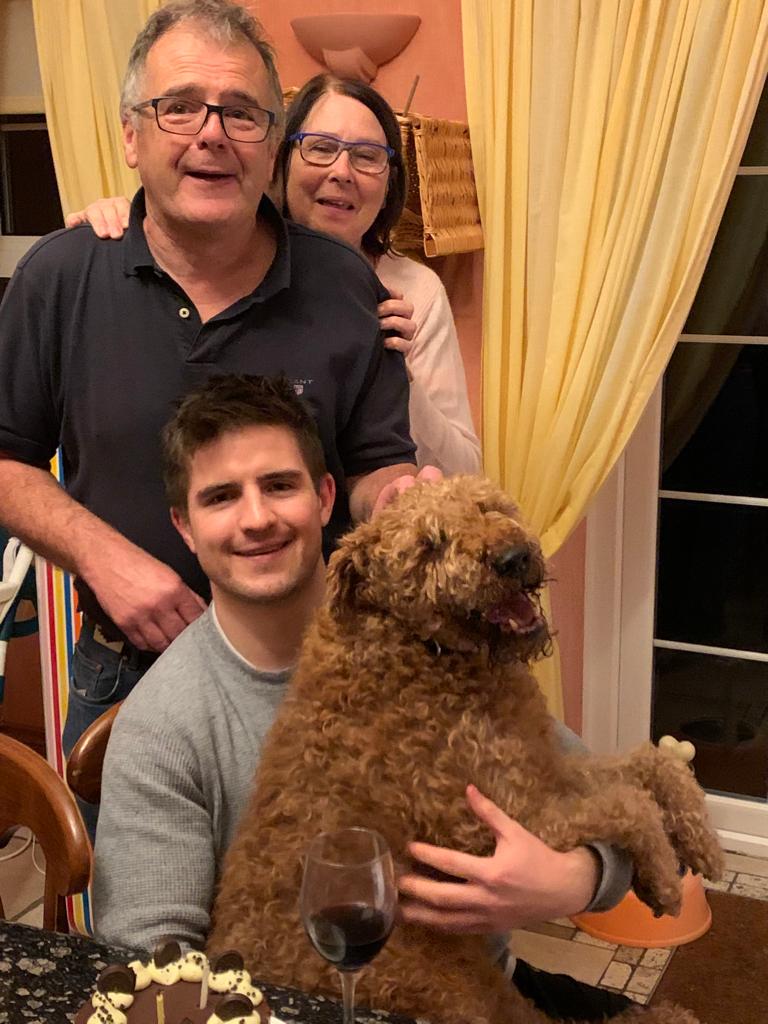
Herbert in a family photo.
The word “keening” originates from the Gaelic “caoineadh” meaning “crying.” A form of vocal lament for the dead in Gaelic Celtic culture, many today associate keening with the image of wild disheveled people wailing by a graveside. However, keening was once a key part of the funeral ritual in Ireland and Scotland, steeped in depth, beauty and raw emotion as a vocal outpost for a community’s collective grief. The sight of keening women (mnàthan-tuirim) at the graveside created a tangibility to the abstract space often left by grief and expressed it on behalf of the bereaved family. The custom continued for many hundreds of years before mostly dying out in Ireland by the middle of the last century. Today in dominant Western culture, the idea of grieving sincerely for a stranger and the level of empathy required may seem hard to imagine. However, the concept of the professional mourner is still very “much prevalent in other cultures. The 2016 exhibition, “An Occupation of Loss,” by artist Taryn Simon presented a cross section of professional mourners from countries such as Greece, Albania and Columbia. The mourners simultaneously performed their lamentations and publicly enacted their own rituals. Each was specific to its own culture with its own function, i.e. to safeguard the soul’s passage to the afterlife, but all seemed to aim to provide a manifest of grief in a physical form; an object to look at or even work from — something which I missed whilst sitting alone in that David Beckham barbershop.
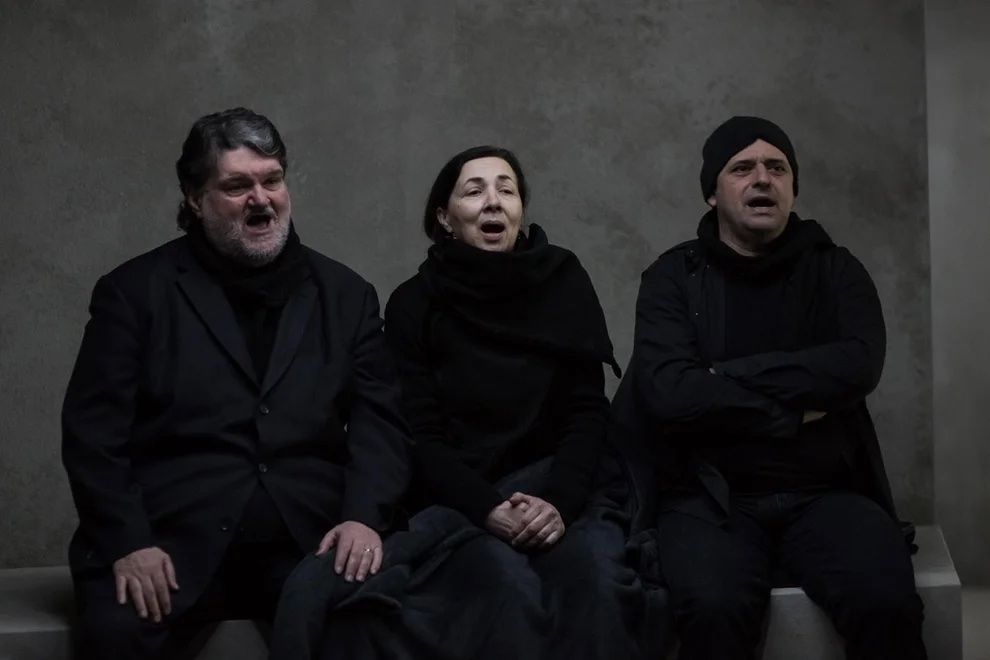
A photo from the 2016 exhibition “An Occupation of Loss,” by artist Taryn Simon.
As part of my master’s program, each candidate in the 40-person cohort will shoot a short film this coming year. Our group is largely international and it is the norm to travel to our home countries to make these films, some of which grow legs and go on to big things, festivals and occasionally even the Academy Awards. When deciding the focus of this next project, I was drawn back to County Down, where my parents live, and to the concept of professional mourners and the surrounding tradition. The film explores this world or rather the world as it would be if the practice had not died out and had instead become a thriving industry in modern day Ireland. It follows the story of a story of a struggling actor who tries to balance his unusual job “stopgap” job as a keener - working the local funeral circuit and getting paid to cry by the hour, with the real-life emotional and physical toll of caring also for his ailing father. Like my own experience of death and illness, there will be elements of grim humor and levity mixed in with the melancholy.
Films are hard to make, none more so than short films, which are largely self-funded and -produced. They happen in the absence of any overarching support from the film industry and the timescale and budget with which we are forced to work is often at odds with the stories we want to create. Thus far, I have been lucky enough to work with the Irish community here in New York to help bring this project to life, including the Irish American philanthropist Bill Martin, whose support of Irish art includes the Druid Theatre Company, Galway, the base of theatre director Garry Hynes. Come January, 10 of my colleagues from all over the world will arrive in Ireland and alongside local crew and local talent, we will endeavor to tell a story that is both important to me and sheds light on an often overlooked part of cultural history. We are extremely thankful thus far but will need further support in order to help bring this story to life. If you would like to support us or find out more about the project: https://igg.me/at/asyouarenow or the production can be contacted at asyouarenowthefilm@gmail.com. The QR code for the campaign is below.


